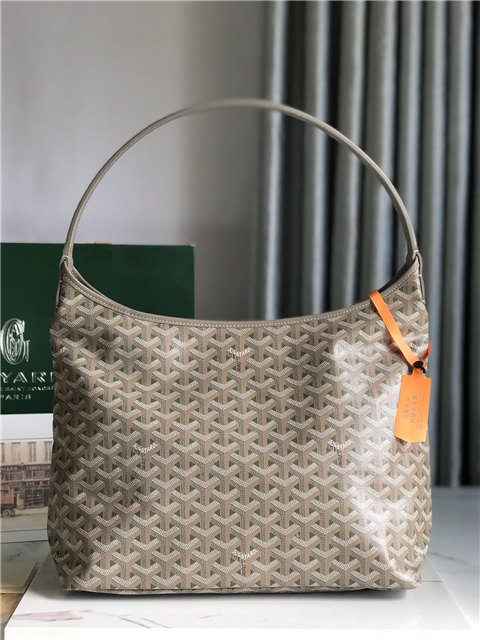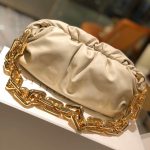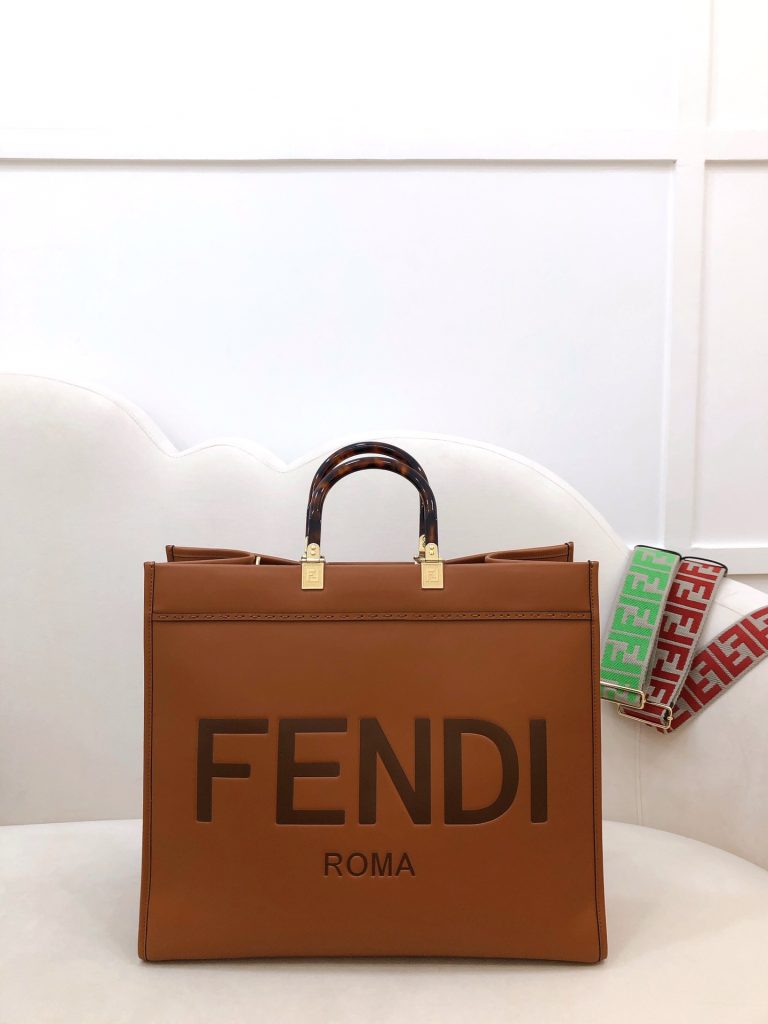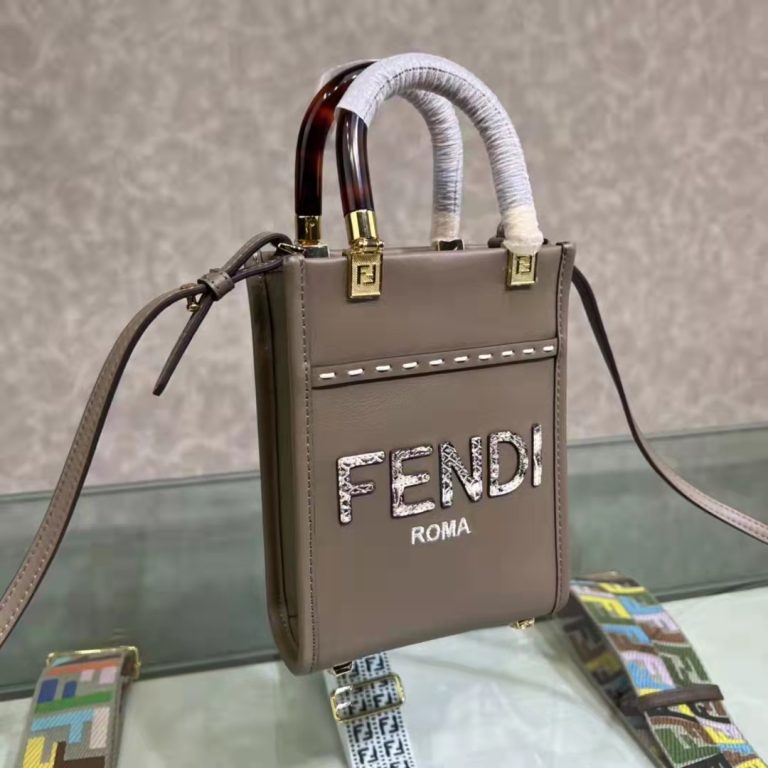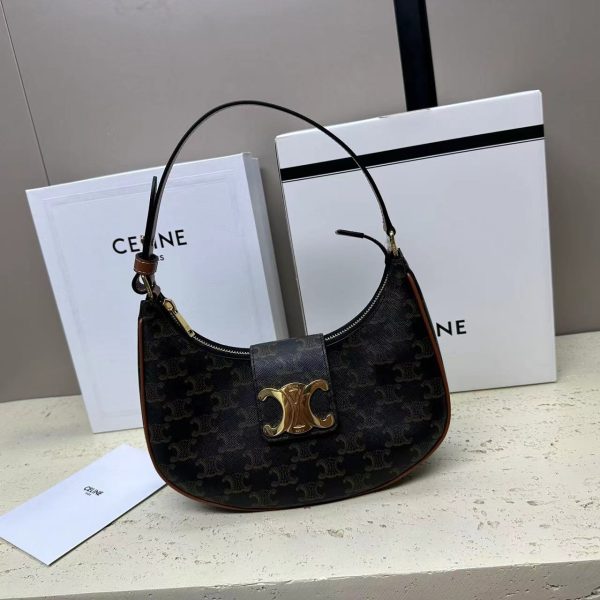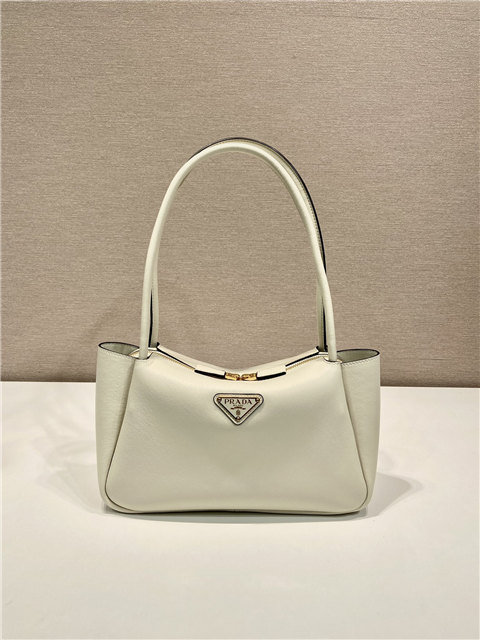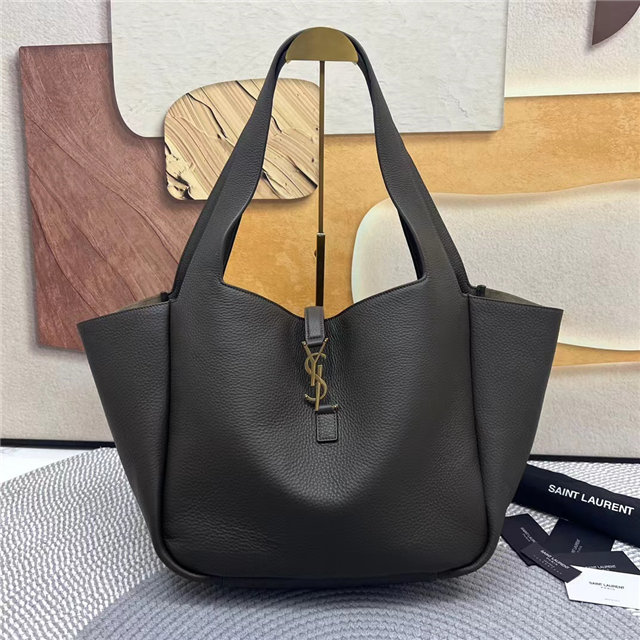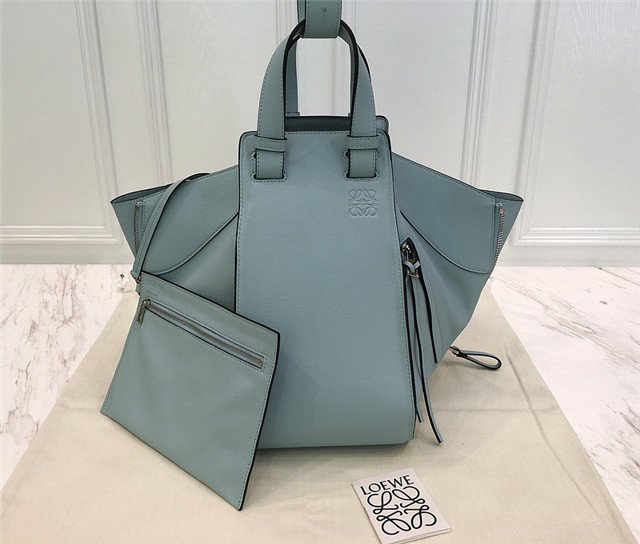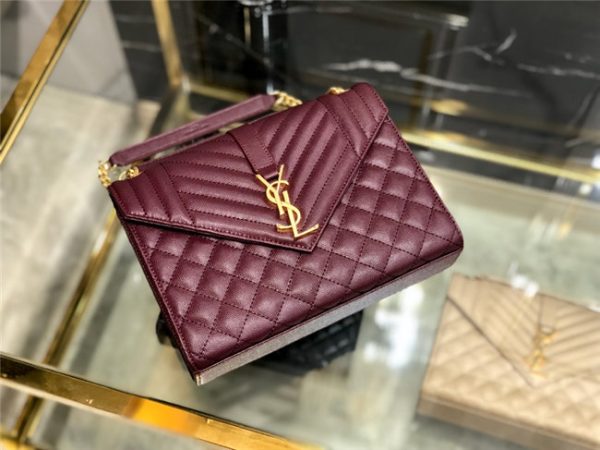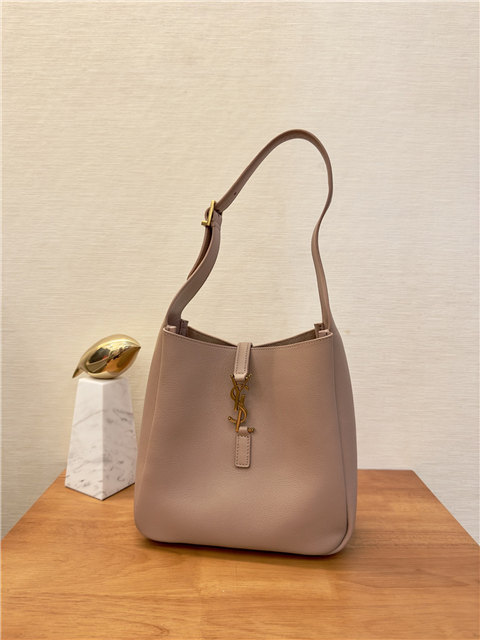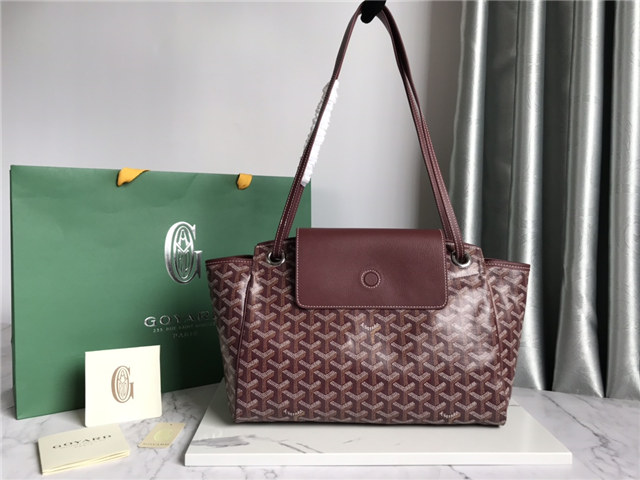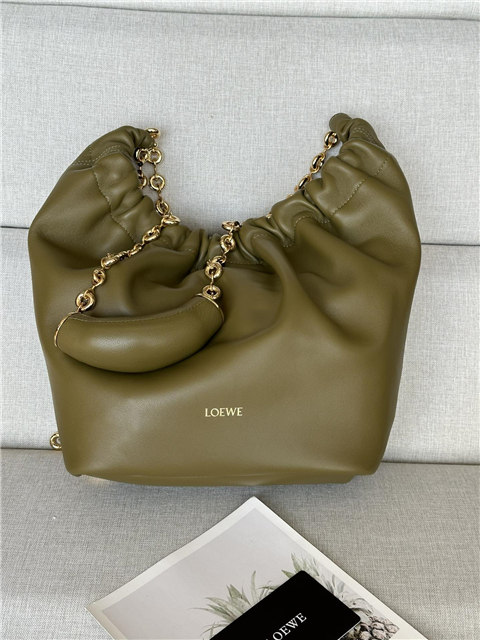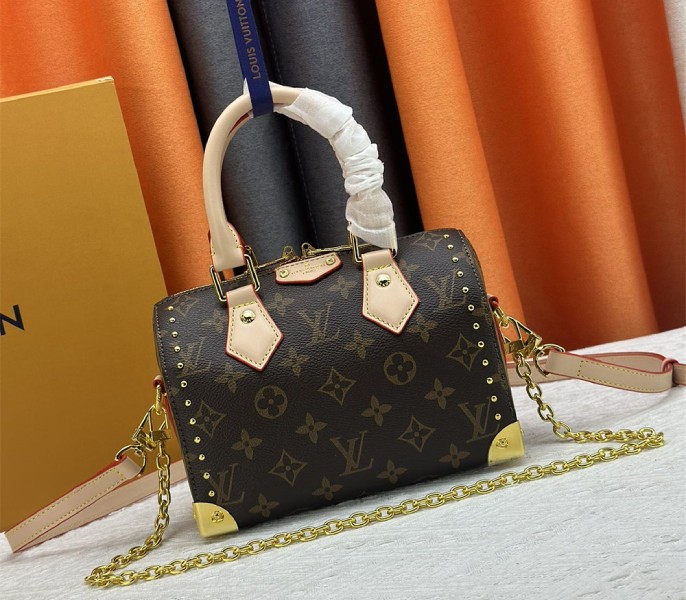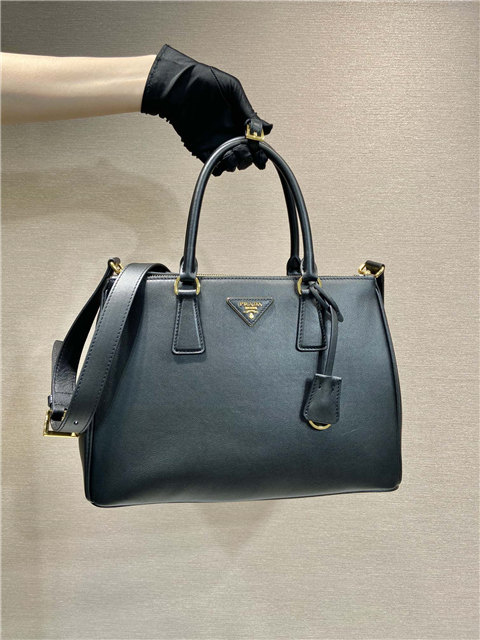See, I stumbled across this weird WhatsApp conversation fragment, right? Mentioning the newest GMT-Master II having the Rolex-developed 3285 movement. All techy and whatnot. Then BOOM, there’s this “Clean Factory” thing plastered next to it. Clean Factory. Sounds legit, huh? *wink wink*
And then, get this, another snippet talks about Meister Relógios selling the *actual* Rolex GMT-Master II, all luxury and Swiss-made. It’s, like, the real deal, the opposite of the… uh… Clean Factory thing.
My brain, it’s a mess.
So, what’s the connection? Guangzhou is, well, it’s kinda notorious for churning out… *imitations*. And when you see “Clean Factory” next to a Rolex model, and then you see the *real* Rolex model being sold elsewhere… well, you kinda put two and two together, yeah?
Look, I’m not saying *everyone* in Guangzhou is making fake Rolexes, okay? But let’s be real. There’s a thriving market for… “homages.” That’s the polite word, right?
The thing is, these “homages” have gotten *really* good. Like, scarily good. I’ve seen some that, to the untrained eye (read: me), are practically indistinguishable from the real thing. And that’s where the confusion starts. People start wondering, is this worth the crazy price tag of the real Rolex, or can I get something that *looks* just as good for a fraction of the cost?
It’s a moral dilemma, I tell ya! On one hand, supporting the real deal, the craftsmanship, the brand. On the other hand… saving a whole lotta cash. Plus, let’s be honest, sometimes it’s about the *look* anyway, not the actual prestige.
And, uh, let’s not forget about this Clean Factory. What ARE they actually *doing*? Are they just assembling these things? Are they reverse-engineering the 3285 movement (which, honestly, sounds IMPOSSIBLE)? It’s kinda fascinating, in a slightly shady way.

